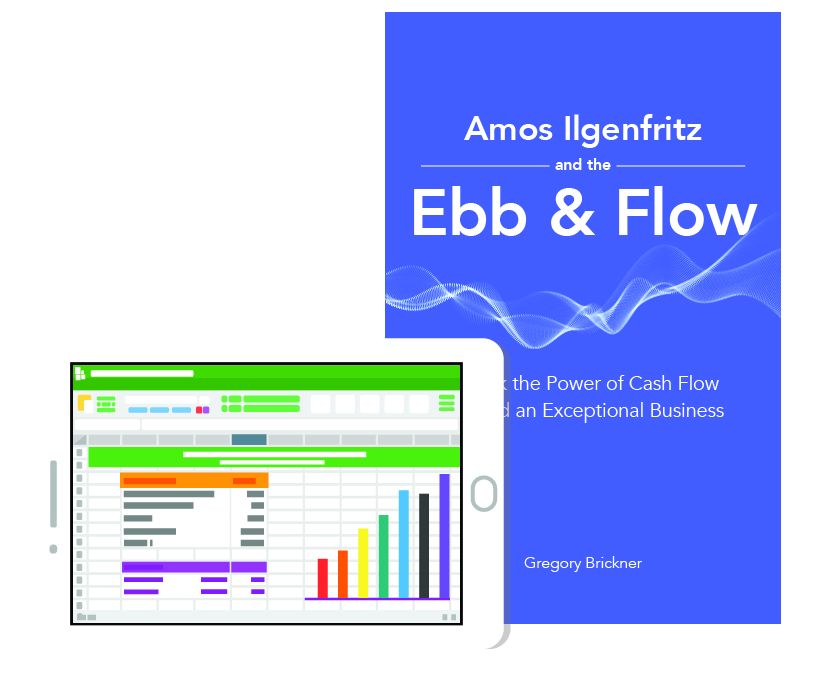FCF.is | Free Cash Flow Is
Bookkeeping is a chore for businesses of all sizes and industries, but paying attention to all the dollars and cents has the potential impact the ability to amek good decisions to grow the business for years to come. Many leaders consider bookkeeping one of the worst tasks of running a company or something that is only done to properly prepare tax returns.
Bookkeeping can be tedious and time-consuming, and the business benefits aren’t as evident as those from sales or marketing. However, when appropriately organized, bookkeeping can be done in a relatively modest amount of time and can help improve your business’s profitability. Bookkeeping is the process of recording and classifying day-to-day business transactions that impact the value of assets and liabilities, generate revenues, generate expenses, or change the value of the owner’s equity. It represents the organized summary of the underlying transactions of your business during a month or year. The receipts, invoices, checks, and bank statements become the source materials used to “keep the books.” It is a precursor to preparing financial statements and paying taxes.
A few key considerations will allow bookkeeping to be a source of value and not a burdensome expense to satisfy the taxman.
Have a well-planned chart of accounts.
The chart of accounts is the outline of accounts that the business uses to classify all of the financial transactions. Most businesses use a generic chart of accounts that is provided by the accounting software they use. Thinking about your unique business and how it operates is important and every business should customize the account structure to reflect the business activity. For example, your business might advertise heavily with billboards and then should have an account specifically for billboards. But your newspaper ads are insignificant so you use a catch all account for print media.
The chart of accounts should also be segmented to capture management structures such as departments and locations and even product segments. Non-profits need to be able to classify expenses based on service programs and general overhead so this need should be structured into the chart of accounts.
Perform a month end close out.
Closing the books every month keeps business leaders abreast of the financial picture of the company. The month-end close process ensures that all accounts are reconciled to the supporting sources and captures all transactions. A month-end close keeps the business owner updated with a real picture of the company rather than relying on a gut feel or merely guessing based on the bank account balance.
Details, Details, Details
A great chart of accounts and performing a month-end close are a good start but only the beginning. Bookkeeping earns its value in the details that are recorded about the business. Every transaction should be supported in detail back to the source. All revenue and expenses should be recorded in detail as much as possible. The books reflect purchases to a specific vendor and capture income to the customer account.
Maybe you have 50,000 Amazon customer transactions, so it would not make sense to re-record each transaction in Quickbooks or Xero. It would be best if you recorded the revenue in as much detail as possible such as by day, product, product category, and maybe fulfillment channel.
These details become useful in analyzing the growth opportunities of the firm.
Keep the books clean.
Bookkeeping becomes a chore when the business owner struggles to keep things clean. Clean books mean there is no commingling of personal and business activity. Each account has its natural balance in the account. You can check this quickly by running a balance sheet summary in Xero and ensuring all of the accounts are positive. Then each account should only contain the expenses that belong according to the description. Raw material purchases for resale should not pop up in the Travel expense account.
The month-end close process needs to include a review of the detailed trial balance report to help spot any errors and make the required corrections.
Make better decisions.
Having financial statements prepared from quality details helps business owners make better decisions. Growth and performance initiatives can now be created from analyzing customer segments, sales channels, and even tying marketing activities back to specific revenue segments. Team members can be held accountable for P&L line performance, and the company can work towards sustainable growth as a team.


